FLO Cycling G700 Wheel Set: Getting Rolling – by Guitar Ted
Several years ago it occurred to me that being out in the open, on gravel roads, for long periods of time meant that aerodynamics were probably of importance to gravel cyclists. I even was thinking about tighter fitting clothing, eliminating those ‘flappy’ jackets and rain pants some would wear in inclement weather. When I shared my thoughts back then the feedback I got was lukewarm at best. Many said that for gravel travel, aero didn’t matter.
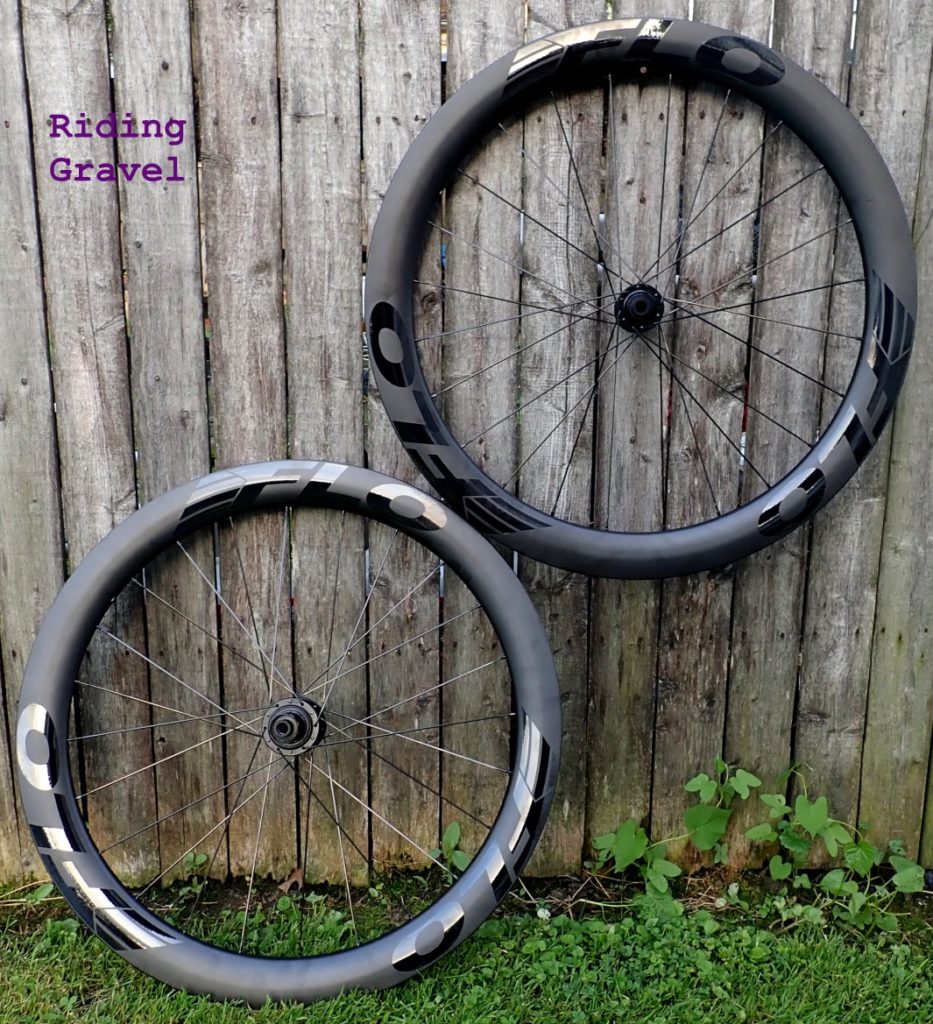
Well, Jon Thornham of FLO Cycling has heard that, and more, and he set out to not only disprove the naysayers, but to use intense research and development techniques to produce a wheel set for gravel riders that were not only aerodynamic and energy saving, but that also had other beneficial elements to them as well.
Jon contacted us here at Riding Gravel, asked if we wanted to take a look at these new wheels, and after looking briefly at the FLO Cycling website, it was apparent that something very interesting was going on here. So, we said ‘Yes!‘ and here we are with a set of the G700 wheels to test and review.
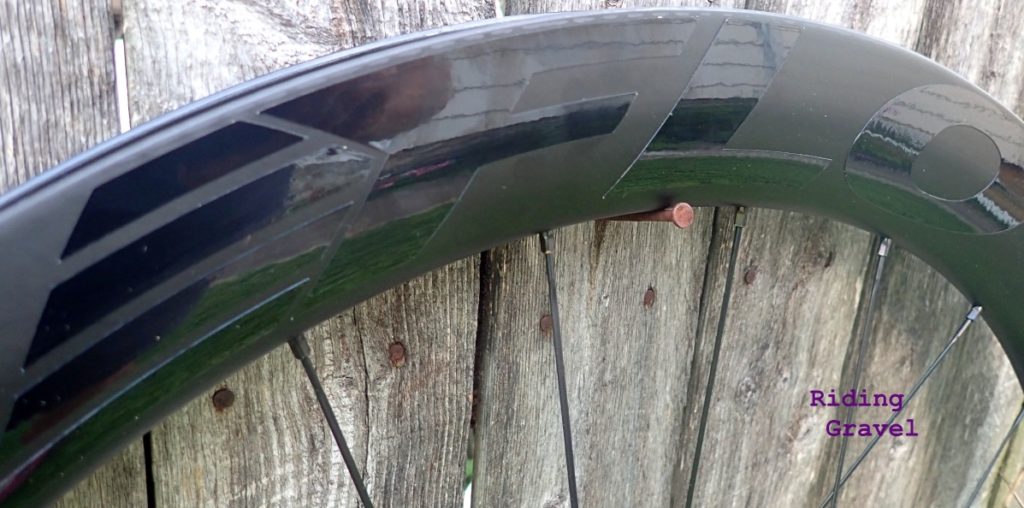
What It Is: The Flo Cycling G700 is the 700c diameter gravel wheel set developed by FLO Cycling over a period of about three years. FLO Cycling took it upon themselves to develop testing procedures, both in a lab setting and in ‘the real world’, gathering thousands of data points and then crunching all those numbers in computers to develop rim shapes that reflected what riders were actually dealing with out on the gravel and back roads. These test results and rim shapes were then taken to the wind tunnel to prove FLO Cycling’s theories. Test results also showed up some very interesting new things to consider about riding on gravel, and these new findings were also incorporated into FLO Cycling’s new G700 wheels. (A 650B variant, dubbed the G650, is also available)
FLO Cycling has crammed so much into these wheels as far as technology and research and development that it would be nigh unto impossible for me to list all of what is going on here in a way that lends justice to these wheels. So, I would urge you to check out FLO Cycling’s excellent website for the deeper details. Following is a brief overview of what these wheels offer the rider.
- FLO G700 is optimized for tire sizes 32mm-48mm
- The G700 wheel is optimized for the lowest drag coefficient numbers.
- The internal rim width is optimized to give tires in the recommended range a shorter contact patch for a given tire which lowers rolling resistance when coupled with use of proper (lower) air pressures.
- Due to the nature of carbon fiber, FLO Cycling could use the deep section of the rim to act like a leaf spring over rougher roads. The rim bed and sidewalls use a stiffer carbon layup for the obvious reasons of tire mounting and retention. So, the G700 also reduces vibrations to a degree through clever wheel design.

Now for a brief overview of the technical aspects of these wheels- The G700 wheels are a 24 spoke F/R laced 2X to the 54.9mm deep section rims and FLO Cycling “Vortex 3” branded hubs using traditional “J” bend spokes for ease of replacement should they need to be replaced. The spokes are Sapim CX-Ray and the hubs use Japanese 6900 EZO bearings. These hubs use a Center Lock brake rotor interface and the rear hub has 15° engagement. The axle standard is 12mm through axle front/rear.
The internal rim width is 25mm while the widest section externally is 33mm. FLO Cycling uses a hook bead on these rims so you can use tubed tires, but they are tubeless tire compatible. Claimed weights for the FLO Cycling G700 is 869gm F/1013gm R. The free hub options include Campy, XDR Driver, SRAM 10/11, and Shimano 10/11 speed types. Customers can also customize the look of the G700 with a choice of several wheel decal options.

FLO Cycling is consumer direct and the G700 wheels are available now from their website at a price of $1488.00 USD for F/R pair. FLO Cycling also does charitable work and gives money from each purchase made to Bike For A Kid and One Wheel- One Tree causes.
First Impressions: The wheels came packaged in a totally recyclable carton and included tubeless valve stems and some very interesting rim tape. I asked Jon Thornham about this unusual tape and he informed me that it was something they designed and had made for their wheels. I will say that it probably is the best tubeless tape I have ever used. I’ll get onto that in a minute. I weighed these wheels on my digital scale and came up with 820gms F/ 970gms R. Lighter than claimed.

So, the wheels we received have the black-on-black treatment and they looked really good. The carbon construction looks to be first class and everything about these wheels exudes quality. I checked the G700’s on my truing stand and they were dead-nuts straight and round as could be. As I alluded to earlier, the tubeless rim tape was some of the best I’ve tried, laying down perfectly, having ‘juuuust‘ the right amount of stretch, and adhering to the rim and itself as you would expect. The blue anodized valves installed easily and the Teravail Rutland 700c X 42mm tires went on and inflated without any issues with my poor old Bontrager Charger floor pump. In fact, the tires seated silently too, without the jump inducing ‘pop’ you usually hear when setting up tubeless tires. This may only be an isolated experience, admittedly.
I mounted some Center Lock rotors, (160mm F/R), and an 11 speed wide range cassette for my Shimano GRX 1X drive train, and mounted these up to the Noble Bikes GX5 gravel bike. They look pretty good on there, I think. Nice looking wheels and they compliment the carbon frame well. But, do they do what FLO Cycling claims? Ah! That’s the trick to show here, isn’t it?
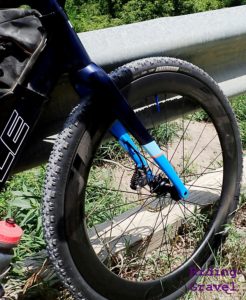
So Far…. After a two plus hour ride in heavy cross winds and a bit of head wind and tail wind for good measure, I can say that- Yes- there is something to having a good aerodynamic wheel on gravel. In fact, I believe it makes a really big difference already. No matter how fast I was going, I could tell these wheels were helping. But there is a lot more going on here. Stay tuned for the “Checkpoint” post where I will detail out my thoughts further on the claims FLO Cycling makes and whether or not they manifest in testing for me. Stay tuned……
Bonus: Look for a special Riding Gravel Radio Ranch podcast featuring FLO Cycling’s Jon Thornham soon. Jon goes deep on the technical aspects of the G700, testing procedures, and why riders should care about aerodynamics and something called an “Impedance Breakpoint”.
NOTE: Riding Gravel received the G700 wheel set from FLO Cycling for test and review at no charge. We were not paid, nor bribed for this review and we always strive to give our honest thoughts and views throughout.


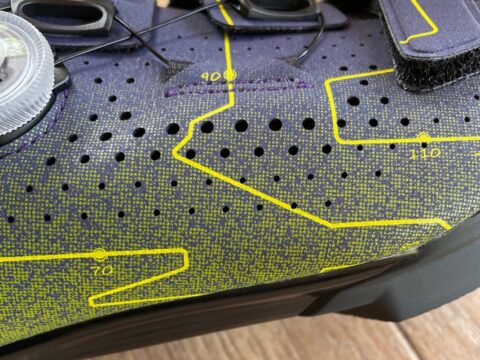



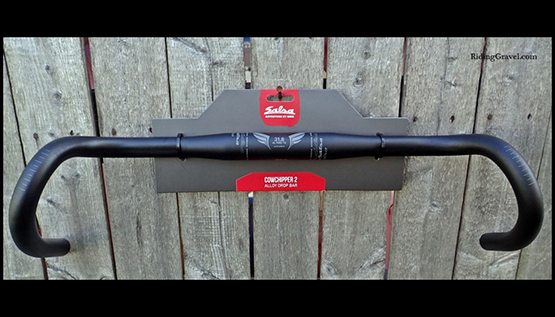
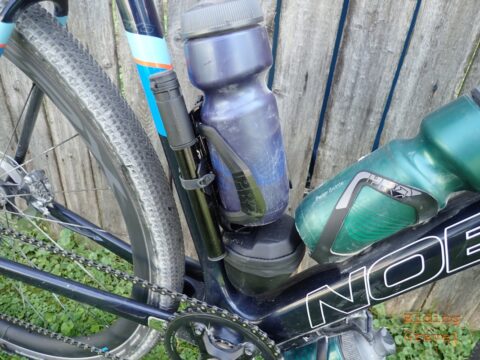
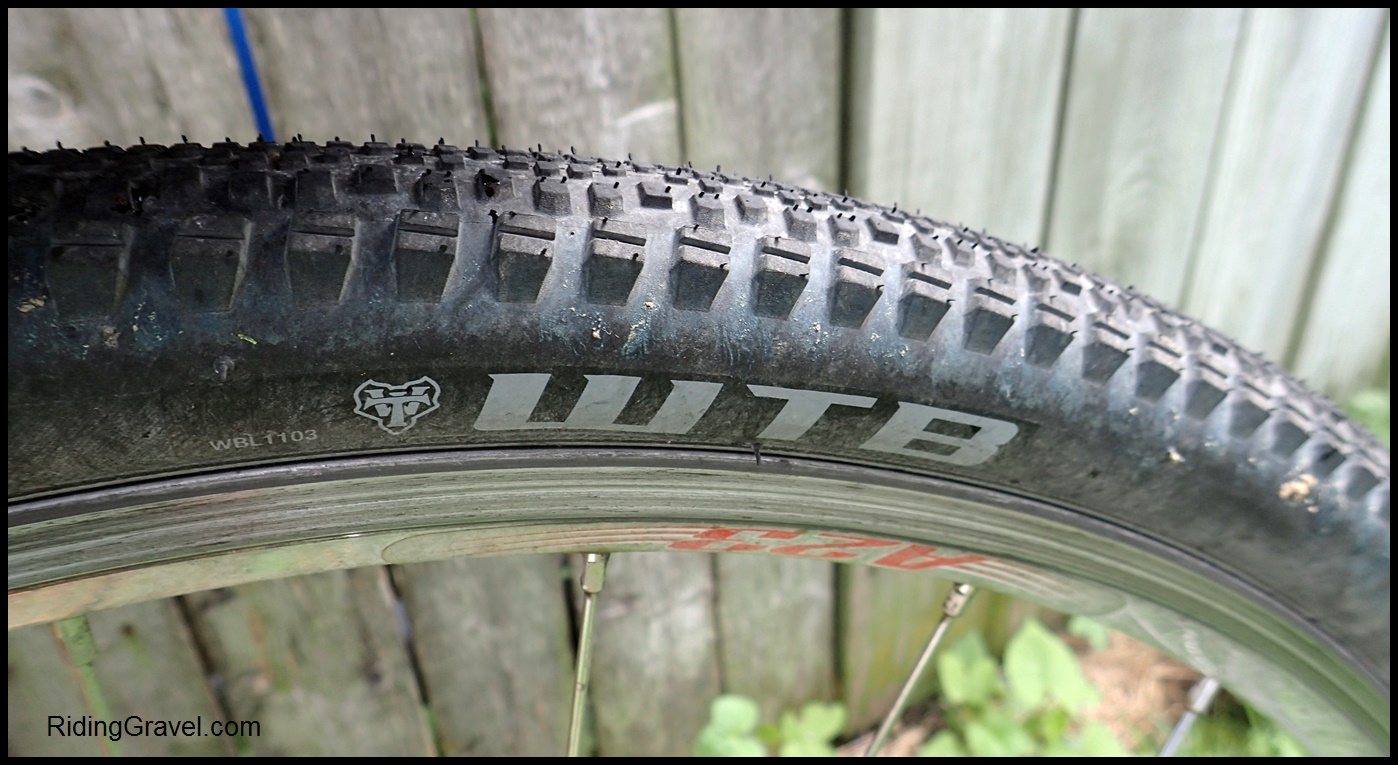
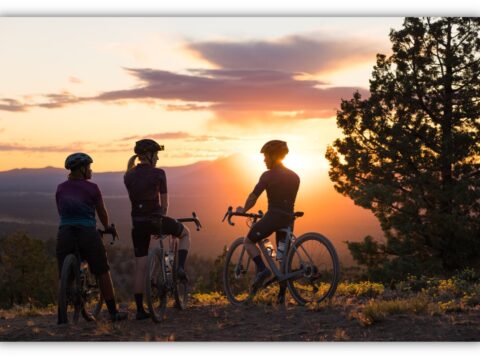
Will be following this review closely, as this is one of a handful of very promising wheel choices at around $1500 (the others bring Enve’s Foundation and Zipp’s 303 S). Your views on each, in due time, would be much appreciated.
Wow, they do offer 650B.
But what about axle type? I need good old 9/10mm QR.
We have an option for this. The end caps on the hubs are easily changed.
Awesome. My set should arrive this week. So excited to take them for a spin this weekend. I’ll report back here, my experience.
Can they be made to work with a Cannondale Topstone?
@Drsheldo – Aluminum or the Carbon one? Alu- yes. Carbon- no, probably not due to the AI offset and Lefty hub Cannondale builds into their wheels on the carbon models. (Unless FLO would build a set specifically for that, which obviously, probably, would cost extra)
I asked Jon about having a front built with a dynamo hub.
They don’t currently do custom builds, but did sell me a rim, and I had a choice in spoke drilling.
I am soon to be on the G650.
I’m curious as to where the break point is for when you wouldn’t want the added weight(aero wheels are HEAVY.) Alot of my riding is in the driftless area with significant elevation gain, Curious if the Aero set would be more beneficial over my lighter HED Eroica’s(IIRC they are ~400g lighter)
@Cory – Great question. I would urge you to listen to the podcast with Jon Thornham ( https://www.ridinggravel.com/podcast-3/ Episode #54)
I also asked Jon about that and he mentioned that most lighter weight wheels out now for gravel do not take a serious approach to aero, and in doing so they cost more watts of energy to move through the air. Not only that, but there also is a ‘breaking point’ for lightness as a wheel that is very light actually causes the rider to have a wheel which is either loosing momentum, and/or is bouncing around too much, wasting energy as well.
Certainly, there is a point at which weight becomes an issue, (break point, as you mention), but I, cannot at the moment, give you a hard number for that. I will ask Jon if he can address this and either post here or I can add that answer to the next update in the review.
Also- I still have the HED Eroica wheels we tested and will be doing a back-to-back comparison for the next update also.
Interesting, I read somewhere that a knobby tire would destroy any aerodynamic advantage of a deep wheel, would need to find that again though. It looks like the hunt wind tunnel test used a smooth tire. Additionally, there is the generalized rule of 105%, where the rim should be at least 5% wider than the tire for aerodynamic gains. Might be hard with a gravel tire! It’s hard to measure wheel aero gains by feel, but they definitely look fast.
@Ryan – Consider a golf ball. It has those divots for a reason. They break up the damming of air, and instead of pushing a wall of air ahead of the ball, it flows more quickly around it, using less energy to travel the distance. In a similar way, perhaps the smallish knobs found on most gravel tires act the same.
FLO recommends a 36-37mm width as the width that brings the most benefits, but in their testing, a wider range of sizes upward from there to as wide as 50mm saw some gain in aerodynamic efficiencies. Obviously, we as riders probably would want to stick closer to recommendations, but even using a 42mm wide tire is encouraging in that we can have some data to show it is better to have this tire on a FLO G-700 than not.